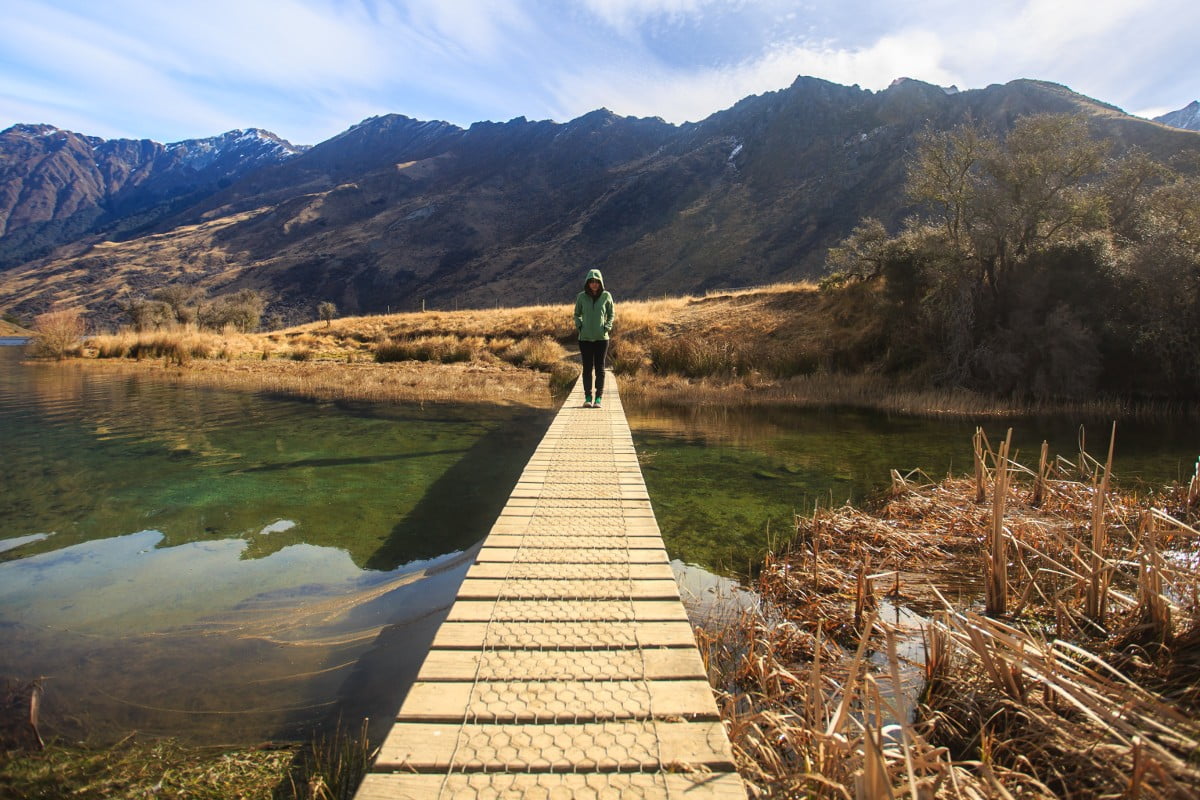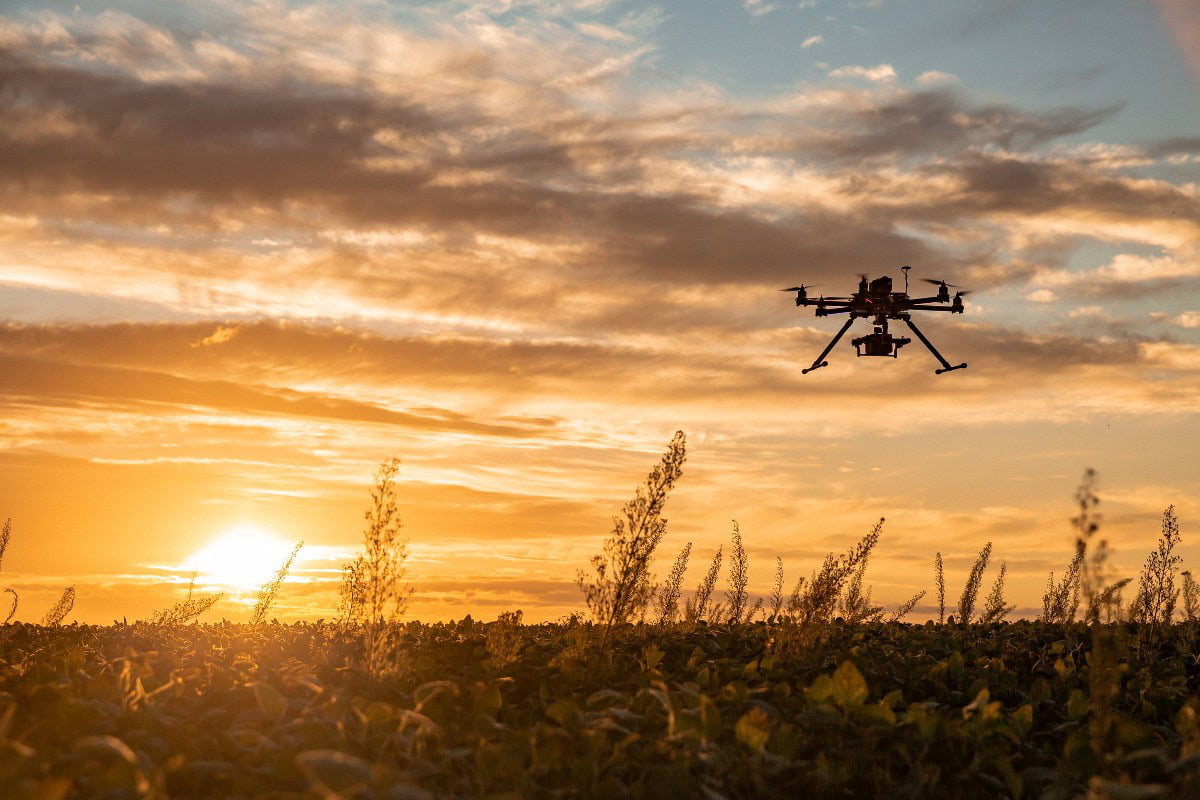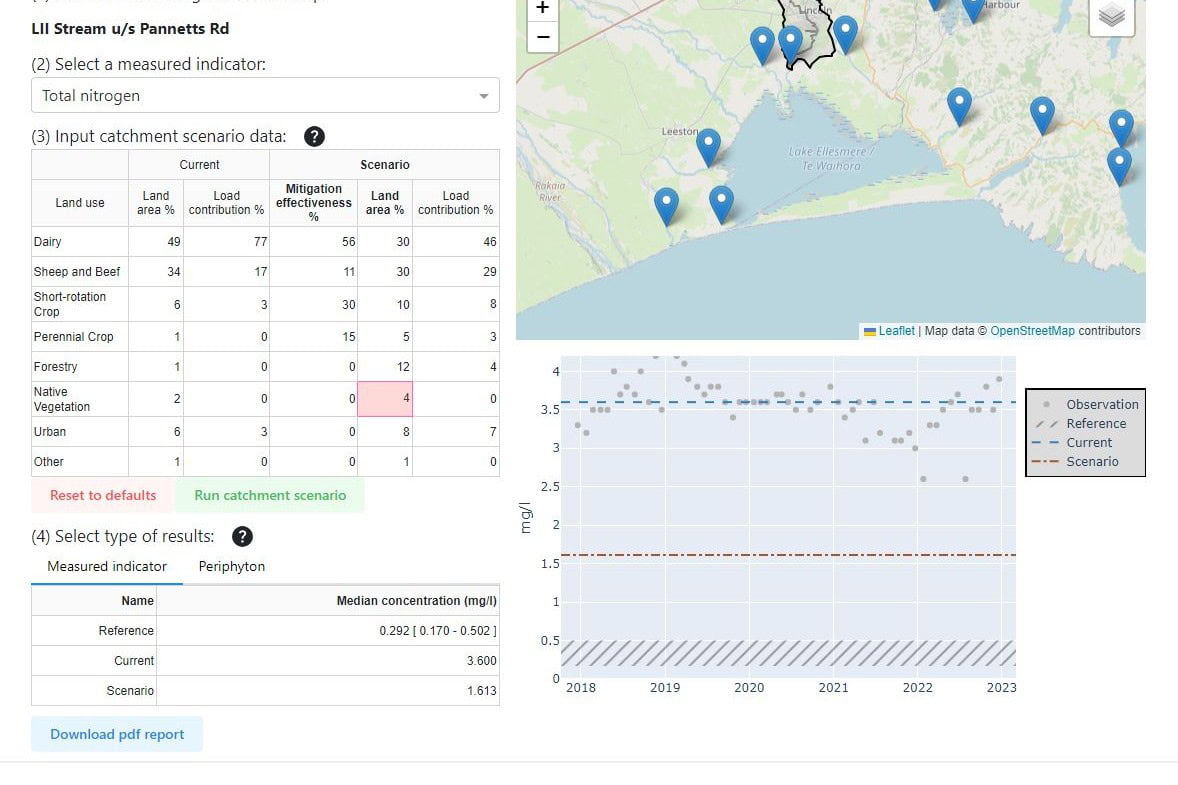August 30, 2024
Resources related to
Winter Grazing
Geoff Reid
In some parts of New Zealand winter grazing is difficult to manage, with a high risk of harm to waterways, soil health and animal welfare. These resources support strategic planning for winter and explain the drivers for regulation.
Showing 1 - 12 of 108 results
A review of regulations and guidelines related to winter manure application
Winter manure application elevates nutrient losses and impairment of water quality compared to applications in other seasons. We reviewed worldwide mandatory regulations and voluntary guidelines…
Impacts of grazing on ground cover, soil physical properties and soil loss via surface erosion: A novel geospatial modelling approach
Agricultural expansion and overgrazing are globally recognized as key contributors to accelerated soil degradation and surface erosion, with direct consequences for land productivity, and environmental…
Modelling soil loss from surface erosion at high-resolution to better understand sources and drivers across land uses and catchments: a national-scale assessment of NZ
Soil erosion is a significant challenge for agricultural regions, with cascading impacts to waterways, land productivity, soil carbon, and ecological health. We provide the first…
Landscape DNA Webinar for Rural Professionals
This webinar for NZIPIM demonstrates the LandscapeDNA website, an interactive tool to help farmers and their advisors view their land from different perspectives and understand…
Whole systems impact of composting shelters in New Zealand: Final report
The overall conclusion of this report is that composting shelters have diverse benefits to the human environment, the biophysical environment and to animal welfare, and…
Dispersed forage feeding to minimise negative impacts on soil and water quality: Final report
This project has identified there is huge promise in the harvesting system, however a more detailed investigation is required to realise the full potential of…
Dispersed forage feeding to minimise negative impacts on soil and water quality
Scott Hassall harvests kale at scale on his farm in North Canterbury. Harvesting kale, (mowing, chopping, and feeding out) is not common practice in New…
 View Our Strategy Document 2019 – 2024
View Our Strategy Document 2019 – 2024


